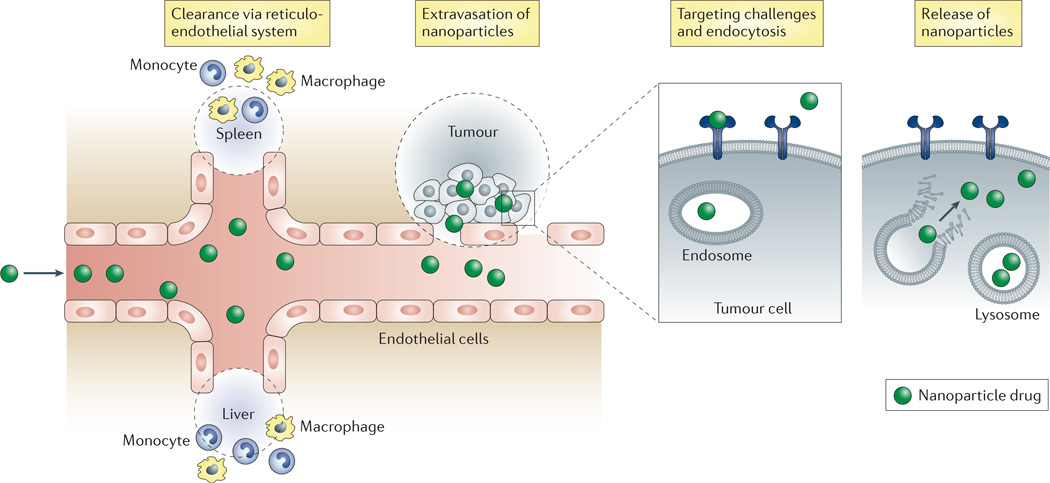Figure 2. Hurdles associated with nanoparticle-mediated delivery.
The figure depicts various hurdles involved in the delivery of therapeutic nanoparticles to targeted tissues. Nanoparticles injected into the bloodstream are cleared by the reticuloendothelial system, including the liver and spleen, especially by the resident macrophages in these organs. Circulating nanoparticles need to cross the vascular endothelium of the diseased tissue and penetrate into the diseased tissue, both of which pose a considerable hurdle. The vascular endothelium possesses low permeability to nanoparticles, except in some cases — such as tumours — where the endothelium is poorly formed and allows the passage of nanoparticles (known as the enhanced permeation-retention effect). Nanoparticles that escape the blood vessel still need to diffuse through the dense extracellular matrix to reach relevant target cells embedded deep within the tissue. Upon arriving at the surface of the target cells, nanoparticles need to enter the cells via endocytosis. Nanoparticles that are internalized by the cells are trafficked within endosomes and sometimes need to escape the endosome to release the active drug cargo.

